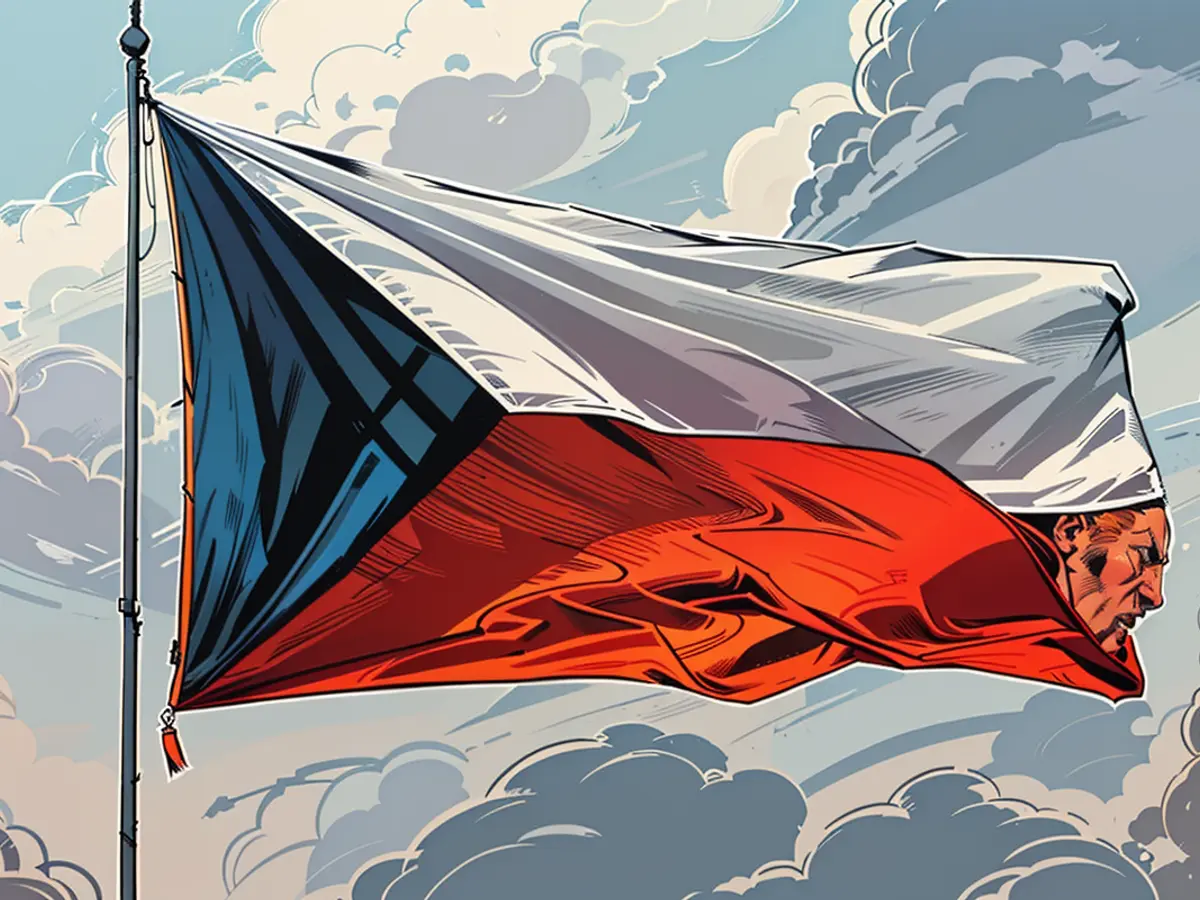Russia takes away Estonian markers from maritime boundary waters.
Estonia places buoys along the Narva river to mark the border. However, in the wee hours, Russian border guards took many of the floats away from the waterway. The Estonian authorities consider this a provocation.
Following news of Russia's plans to redraw borders in the Baltic Sea, similar actions on the Russian-Estonian frontier are causing anxiety. Russian border guards have allegedly removed navigation buoys in the boundary stream, according to the Estonian police. Approximately 24 out of 50 bouys set up to denote the navigable route were taken during the night. These buoys had been put in place ten days ago to avoid nautical mishaps and unintended border crossings, such as by fishermen.
Estonian Prime Minister Kaja Kallas claims Russia is trying to create tension. "We detect a pattern of Russian actions intended to inspire fear," stated Kallas as per ERR's report. "We will adopt a balanced and prudent attitude to this situation while coordinating with our allies if necessary." The Russian Foreign Ministry has yet to address these allegations. The Narva originates from a lake between Estonia and Russia and flows to the Gulf of Finland, a portion of the Baltic Sea, lying between Tallinn and St. Petersburg.
"This is a form of provocation"
As per information shared by Estonia, the placement and locations of the buoys had already been agreed upon bilaterally for years. However, since the start of the Russian war against Ukraine in 2022, Moscow has disagreed with the placement of about half of the 250 markers installed annually - including those taken away recently.
Estonia's border guard chief Egert Belitsev referred to these actions as "a further act of provocation" on Russia's part. "We are certain that the buoys were in their designated positions," he remarked in a discussion with Estonian radio. Despite this, the border guards didn't try to prevent the buoys from being removed to prevent the case from escalating. "We use diplomatic methods to manage these situations," he reiterated.
Initially, it wasn't clear if the Russian border guards' actions were associated with the Russian government's plans for the borders in the Baltic Sea. The Russian Ministry of Defense posted a draft to alter the Russian sea borders in the eastern Baltic Sea on their website at the start of the week, but deleted it on Wednesday after NATO members expressed apprehension.
Russian Foreign Ministry spokeswoman Maria Zakharova stated that Russia's maritime borders in the Baltic Sea should adhere to international law. The efforts by the Ministry of Defense to "clarify" the border were purely technical, she claimed. In an interview with ntv.de, Russia expert Alexander Friedman considers Moscow's declarations part of a "psychological operation" against the West.
Read also:
- Year of climate records: extreme is the new normal
- Precautionary arrests show Islamist terror threat
- UN vote urges Israel to ceasefire
- SPD rules out budget resolution before the end of the year
Source: www.ntv.de








